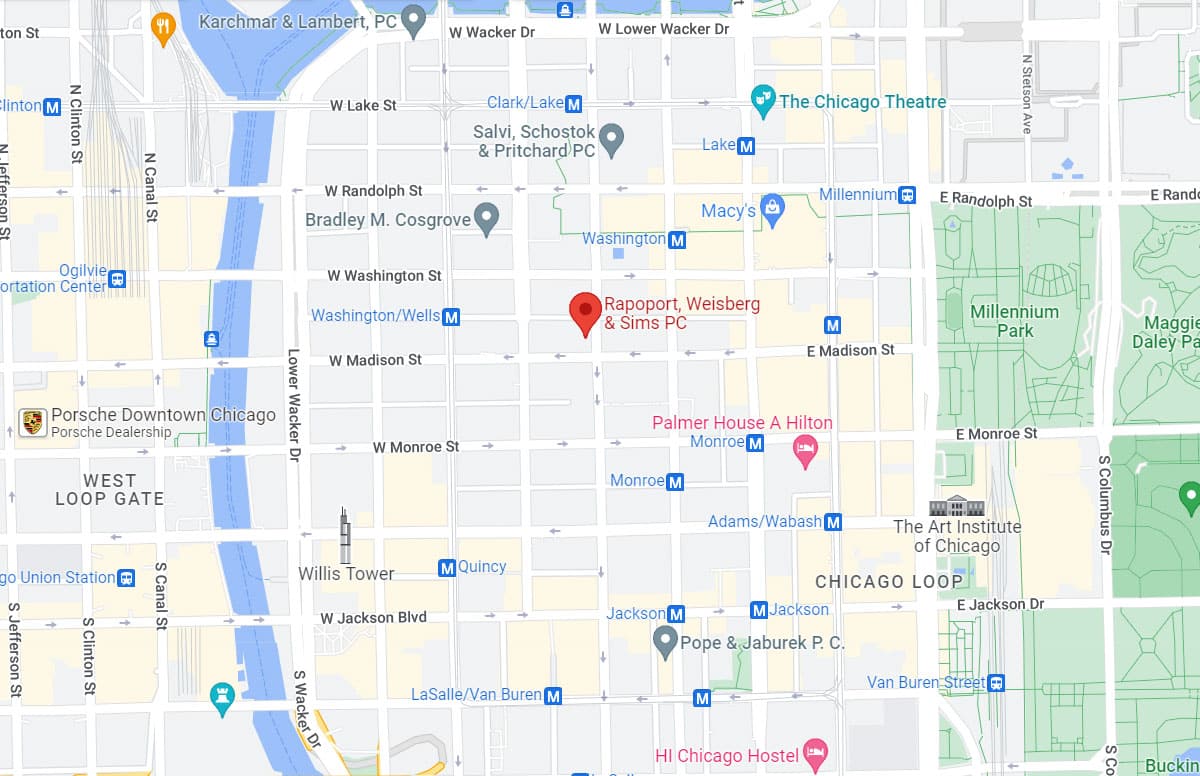Legislators want to know why General Motors declined to fix deadly auto defects that were allowed to go to market for a decade. So far, an ongoing investigation has linked 13 deaths to defective ignition switches in a variety of GM models.
The problem with 1.6 million recalled cars is that their electrical systems and engines can be easily turned off if the ignition switch is shaken or if the keys are heavy. Turning off the electrical systems disables the air bags, posing a serious risk of injury and death.
According to GM officials, all of the known fatal accidents linked to the defective part happened before 2010. GM’s business structure prior to emerging from a 2009 bankruptcy was called the Motors Liquidation Company. Plaintiffs in personal injury and wrongful death cases may have to bring claims against Motors Liquidation in order to receive compensation for damages.
GM was reportedly first made aware of the ignition defect in 2004. However, the company twice declined to fix the problem. The National Highway Traffic Safety Administration has meanwhile received at least 260 complaints about GM vehicles unexpectedly turning off. Investigators also want to know why safety regulators decided not to further investigate the deadly defect.
GM claims that 31 crashes have so far been linked to the faulty auto part, and the carmaker has until early April to respond to more than 100 questions about the mishandling of the ignition defects.
If you would like to learn more about legal matters related to product liability, then our personal injury website is a good place to start.
Source: The New York Times, “House to Investigate Slow Response to Fault in G.M. Vehicles,” Matthew L. Wald and Bill Vlasic, March 10, 2014
